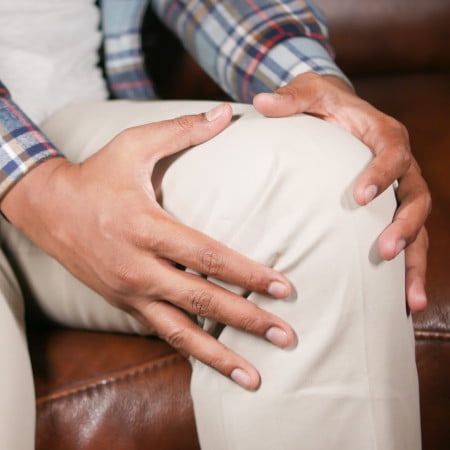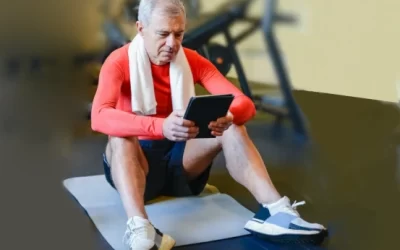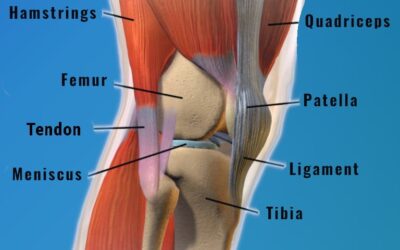“How can you help me? I have arthritis.”
Unfortunately, as physical therapists, this is something that we hear all of the time. The first thing we have to do in order to truly help these patients is to change their “I’m broken” mindset. It can be very difficult to break through the preconceived notion and beliefs the medical system has ingrained in our heads that arthritis seen on a radiograph (x-ray) is ALWAYS a life sentence for pain.
Wear and tear is a natural part of the aging process
The truth is, osteoarthritis (OA), which is the most common type of arthritis and is sometimes called a degenerative joint disease or “wear and tear”, is a natural part of the aging process and there is not a good correlation between diagnostic imaging and pain. A study found that 47% of people with knee OA seen on a radiograph denied any knee pain at all
Another systematic literature review found that 96% of 80-year-olds with no back pain, will have imaging studies that indicate degenerative disc disease. So, what does this mean? It means that it is common and frankly normal to have age-related changes in our bodies and have no pain! As you look in the mirror and notice the natural aging progression of life; wrinkles on your face, the development of sunspots, or scars from a simple scrape – our body’s insides will change just as much.
There’s scientific evidence that it is possible to have arthritis and be pain-free
It is time to empower those who are in pain to take the steps to help themselves! There are many benefits that physical therapy, or exercise in general, can provide to those with arthritis.
 First − Understand that motion is lotion
First − Understand that motion is lotion
Movement is crucial for our joints to be healthy. The cartilage that cushions joints does not have a blood supply so, it does not get nutrients like the rest of our body but instead gets its nutrition from the synovial fluid within the joint itself. When a load is applied to the joint the fluid is squeezed out of the cartilage and then when we move the fluid is lathered across the surface of the joint thus lubricating and nourishing it. Studies have shown that recreational runners are less likely to develop knee osteoarthritis than those with a sedentary lifestyle…motion is lotion!
 Second − Joints need support
Second − Joints need support
The body’s muscles play an important role in promoting joint health and resilience. Muscles not only create and control movement, but they also support our joints. The muscles surrounding our joints prevent excessive and aberrant motion that can potentially cause damage. Also, muscles help maintain joint alignment that helps reduce the abnormal wearing of joints. Therefore, the stronger and better-trained someone’s muscles are the more likely they are to function well with degenerative joint changes, as well as help prevent these changes in the first place!
create and control movement, but they also support our joints. The muscles surrounding our joints prevent excessive and aberrant motion that can potentially cause damage. Also, muscles help maintain joint alignment that helps reduce the abnormal wearing of joints. Therefore, the stronger and better-trained someone’s muscles are the more likely they are to function well with degenerative joint changes, as well as help prevent these changes in the first place!
 Third − Flexibility is essential
Third − Flexibility is essential
Research suggests that joint decompression plays a key role in providing relief to those with osteoarthritis. Arthritis is usually associated with swelling, pain, and stiffness of a joint. These symptoms if not addressed properly can lead to a vicious cycle of pain and the gradual reduction of range of motion. Unfortunately, the connective tissue including the muscles that are becoming stiff will push these irritated joint surfaces together even more tightly, thus causing more compressive forces, friction, and inflammation. So, improving flexibility is essential in reducing joint compressive forces and friction thus decreasing irritation, pain and improving function.
Help yourself for better outcomes
We are not saying that osteoarthritis cannot contribute to one’s experience of pain, or that there are not times when degenerative joint changes are severe enough to require invasive interventions such as surgery. Our point is, to remove the notion of helplessness for those suffering from arthritic pain and put the ball back in your court. There are things one can do for themselves to reduce pain, increase function, and restore quality of life. Even if you do need medical interventions such as medication, injections, or surgery, implementing an appropriate exercise plan will only enhance the procedure’s outcome as well!





0 Comments